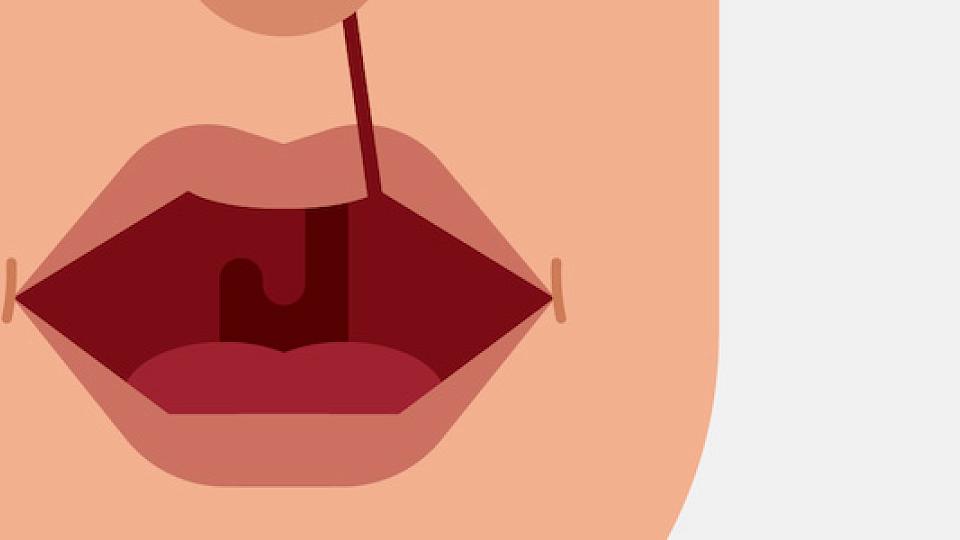![[media-entity-reference:media-alt]](/sites/g/files/zrelqx136/files/styles/billboard_tablet/public/media/images/2025/gettyimages-174949129-chest-xray.jpg?h=c0574a7b&itok=Mrn0iwIp)
Fixing Chest Wall Deformities - Surgery that Raises Self Esteem
![[media-entity-reference:media-alt]](/sites/g/files/zrelqx136/files/styles/billboard_desktop/public/media/images/2025/gettyimages-174949129-chest-xray.jpg?h=c0574a7b&itok=qYvGyTp8)
Fixing Chest Wall Deformities - Surgery that Raises Self Esteem
There are two main types of chest wall deformity: pectus carinatum, or pigeon chest, and pectus excavatum, or funnel chest. The former pushes out; the latter sinks in. Though there can be a genetic predisposition, the cause of these chest wall deformities is not known.
A small number of pigeon or funnel chest cases are associated with syndromes, including:
- Marfan syndrome: Results in symptoms like extreme height and double joints
- Ehlers-Danlos syndrome: A connective tissue disorder
- Poland syndrome: Characterized by an absent or underdeveloped chest muscle.
Regardless of cause, chest deformities often become more visible during the growth spurts of puberty, and sometimes come in concert with scoliosis.
![[media-entity-reference:media-alt]](/sites/g/files/zrelqx136/files/styles/xlarge_960x960/public/media/dam/image/2024/Katie%20Russell%2CMD.jpg?itok=sYyVqP_F)
“This really is a disease of adolescence, and with treatment we see a remarkable increase in self-esteem.”
Pectus Carinatum Treatment
![[media-entity-reference:media-alt]](public://media/images/2023/hanger-braces.jpg)
Pectus carinatum is almost always treated with an external brace. The pigeon chest brace applies gentle pressure to the chest wall, gradually reshaping it as a child grows. “If we can get these kids to wear it 16 to 20 hours a day, we can correct the carinatum in six months to a year,” Russell says.
Bracing works well, Russell notes, because the chest wall in children and adolescents is soft and flexible. However, if the pigeon chest deformity is severe, pectus carinatum surgery may be recommended. “We would use what’s called the Ravitch technique, cutting away abnormal rib cartilage and flattening the sternum,” Russell explains. About 95% of people with pectus carinatum can be treated using a customized chest-wall brace.
Pectus Excavatum Treatment
![[media-entity-reference:media-alt]](public://media/images/2023/nuss-barv.jpg)
Surgery is more likely needed for funnel chest. That’s because it’s easier to compress bones than it is to push them out. Russell says a pectus excavatum brace is a treatment option in some cases, though.
For pectus excavatum surgery, something called a Nuss bar is inserted between the sternum and the heart, and it stays there for three years. “The curved bar goes under the sternum and through the ribs on the other side, and then we flip it, to push the chest out,” Russell says. The pressure from the bar remodels the structure of the chest bones. “Kids also need to avoid contact sports for three months, while they’re recovering.”
Age and Timing Matter
“The youngest patient I’ll treat with surgery is age 11, and that's typically a female,” Russell says. “That’s because girls often go through puberty before boys and finish their growth spurts earlier.
The majority of surgical corrections are done around ages 14, 15, and 16.” Chest deformities can potentially be addressed through age 25, Russell notes, maybe a bit later, but it’s tough after that. “The bones are less flexible, more calcified, and the procedures don't correct as well,” she says.
“Occasionally we will see it in babies and if we do, we investigate,” Russell says. “We get a chest x-ray and make sure they don't have something called a congenital diaphragmatic hernia, or some other abnormality inside their chest.” Russell notes that chest deformities are common, especially in boys, so the most important thing is choosing the right treatment at the right time.
The Good News About Pain
According to Russell, chest deformity corrective surgery has historically been some of the most painful surgery out there–until cryoablation. With this procedure, the surgeon freezes a layer of nerves inside the chest. It creates a numbness to the pain of surgical treatment that lasts anywhere from six weeks to six months.
“We used to do something similar to an epidural, and then deliver five days of numbing medicine to the chest wall, followed by pain relieving medicine,” Russell says. “Now with cryoablation, we go underneath every rib and freeze the innermost layer of nerves, leaving the outer nerve layer untouched. Kids can then go home the first day after surgery.”
To Fix or Not to Fix?
Because pigeon chest and funnel chest so rarely impact health, Russell says some may choose to keep their body as it is.
Sometimes kids complain of shortness of breath, trouble keeping up with other kids, or intermittent pain, due to their chest deformity, Russell says, but many just say they hate how it looks.
“Kids will tell me they are bullied because of it and feel very self-conscious,” she says. “It’s those cases I’m really drawn to, for the positive psychological effect that treatment can give them.”




